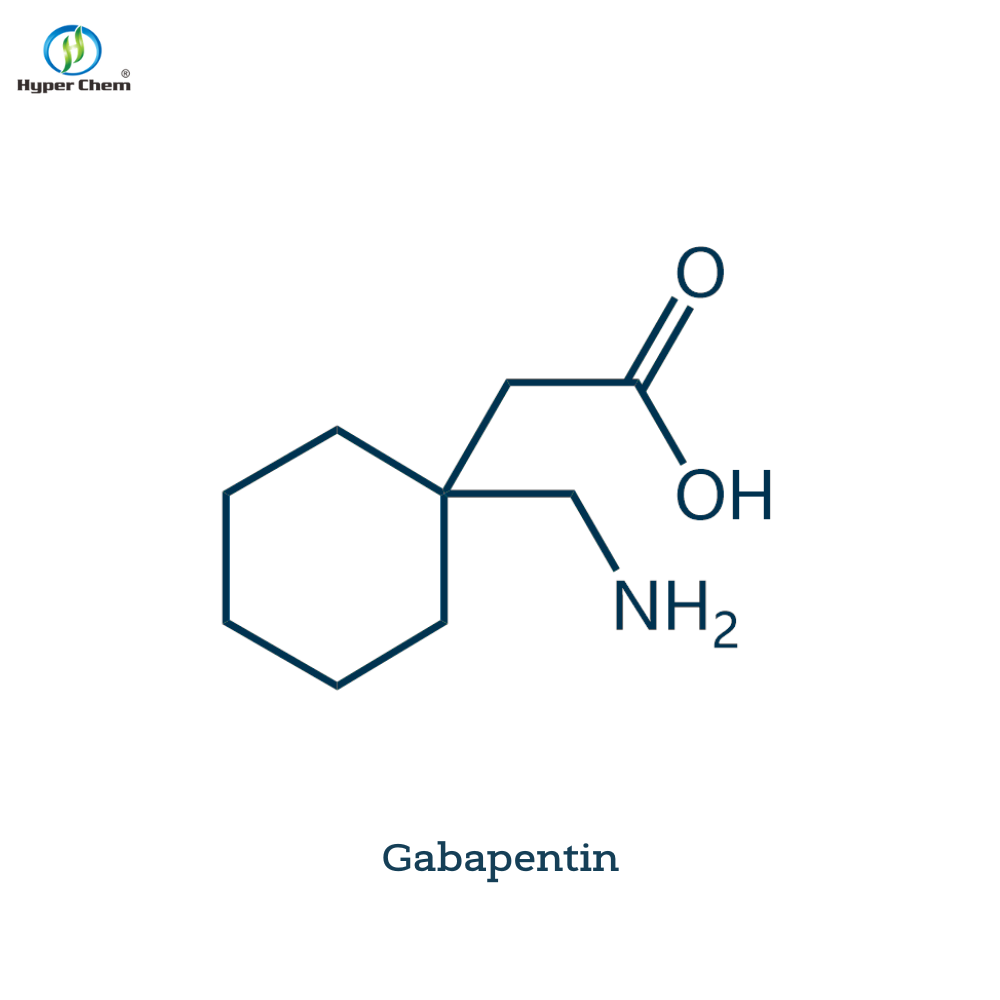Nat struct mol Bio: a new discovery reveals the relationship between Alzheimer's disease, olfaction and asthma
-
Last Update: 2020-01-29
-
Source: Internet
-
Author: User
Search more information of high quality chemicals, good prices and reliable suppliers, visit
www.echemi.com
January 29, 2020 news / bio grain / -- there are many channel proteins on the cell surface, which are related to taste, Alzheimer's disease, depression and even asthma Understanding the structure of these different channel proteins will help researchers better understand their functions and provide clues for the development of new therapies According to a recent study published in the journal Nature Structural & Molecular Biology, Professor Furukawa's laboratory in lengquangang has revealed the detailed structure and function of two types of calcium homeostatic regulators (calhm) (image source: www Pixabay Com) CALHM1 is involved in the formation of bitterness, sweetness, saltiness and freshness The channel is also related to the control of lung function, and the imbalance of the protein activity will lead to the occurrence of asthma Mutations in CALHM1 are also involved in the development of Alzheimer's disease In addition, the researchers also studied calhm2, another channel protein that may be related to depression To their surprise, they found that the aperture of calhm2 was much larger than that of CALHM1 "The opening and closing of these channel proteins is strictly controlled to some extent," said syrjanen, author of the article Therefore, the regulation mechanism of its opening and closing may be the key to affect taste or disease In order to reveal the structure of CALHM1 and calhm2, Furukawa's lab used frozen electron microscopy to image, and then they carefully synthesized images in various directions into a 3-D model, which showed the details of each protein structure "Our study provides the first images of these channel proteins to design therapeutic compounds," Furukawa said It is hoped that this compound will be effective in the treatment of Alzheimer's disease, depression and asthma Sources of information: new look at odd holes involved in taste, Alzheimer's, ashma original sources: Johanna L syrjanen, Kevin Michalski, Tsung Han Chou, Timothy grant, Shanlin Rao, Noriko simorowski, Stephen J Tucker, Nikolaus grigorieff, Hiro Furukawa Structure and assembly of calcium homeostasis modulator proteins Nature Structural & Molecular Biology, 2020; DOI: 10.1038/s41594-019-0369-9
This article is an English version of an article which is originally in the Chinese language on echemi.com and is provided for information purposes only.
This website makes no representation or warranty of any kind, either expressed or implied, as to the accuracy, completeness ownership or reliability of
the article or any translations thereof. If you have any concerns or complaints relating to the article, please send an email, providing a detailed
description of the concern or complaint, to
service@echemi.com. A staff member will contact you within 5 working days. Once verified, infringing content
will be removed immediately.







